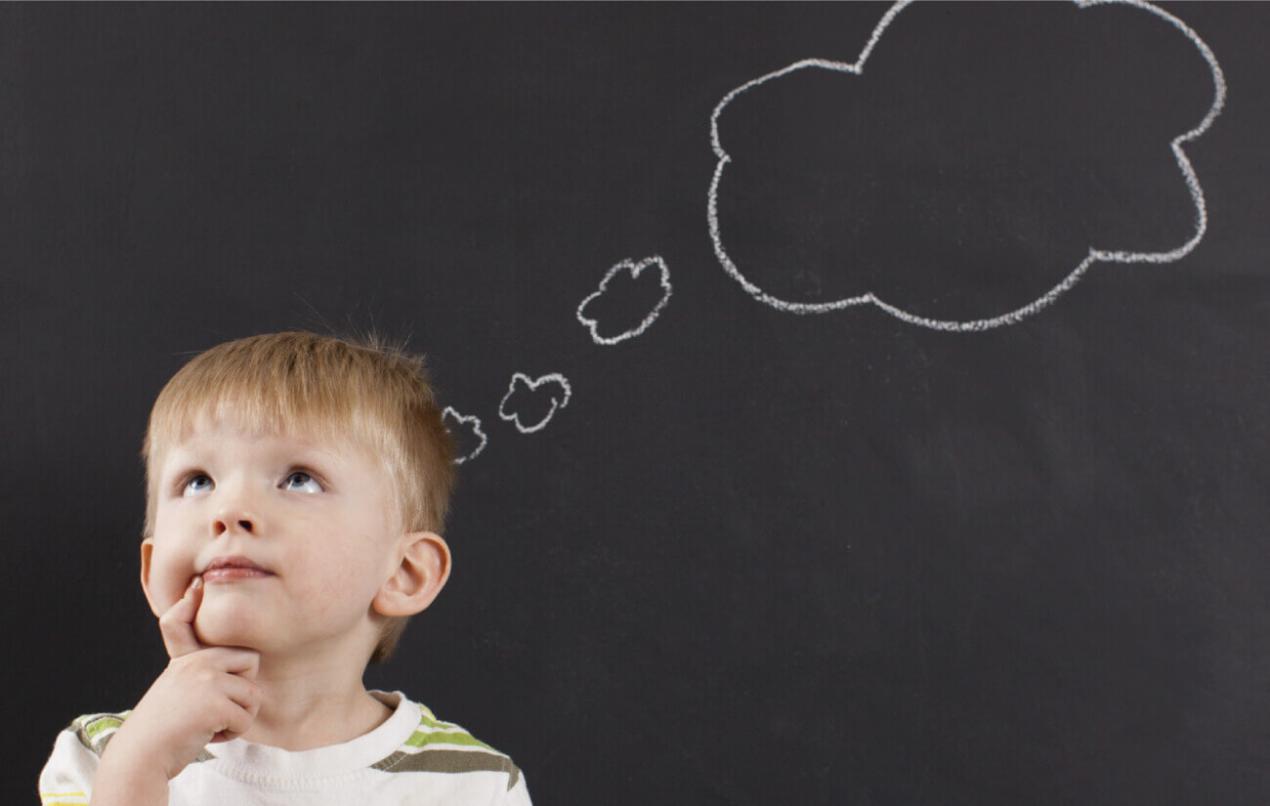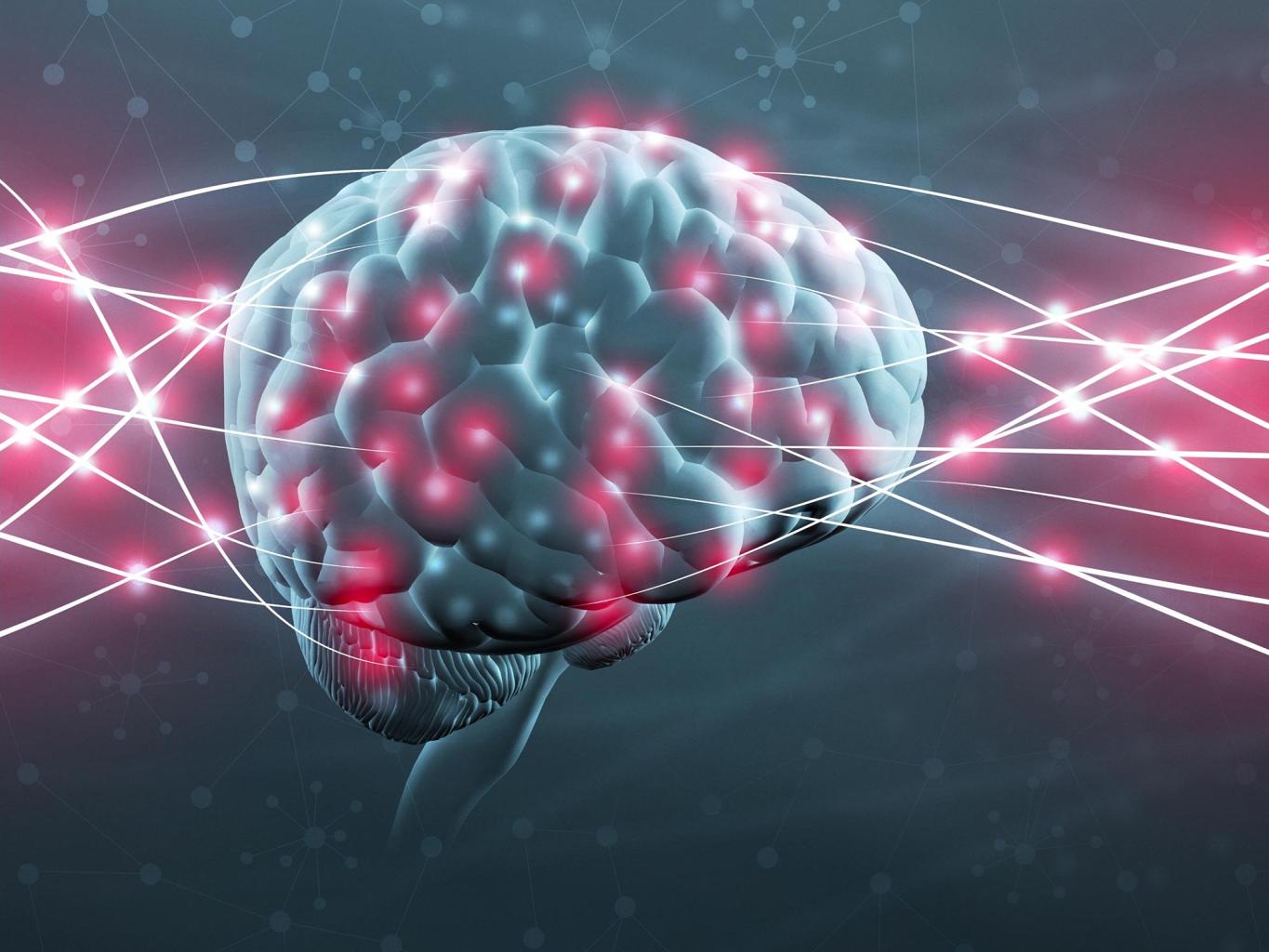Exploring the Neural Underpinnings of Creativity and Innovation: A Journey Through Brain Development
Creativity and innovation are essential qualities that drive progress and shape the world around us. These abilities are not limited to a select few but are inherent in all individuals, waiting to be nurtured and unleashed. At the core of creativity and innovation lies the intricate workings of the human brain, undergoing a remarkable journey of development from childhood to adulthood.

Brain Development And Creativity
The development of creativity and innovation is closely intertwined with the maturation of the brain. During childhood, the brain undergoes rapid growth and plasticity, providing a fertile ground for creative expression. Early experiences, play, exploration, and sensory stimulation play a crucial role in stimulating creativity. The brain's adaptability, known as neuroplasticity, allows for the formation of new neural connections and the strengthening of existing ones, fostering the development of creative thinking.
As individuals enter adolescence, hormonal changes and brain maturation bring about significant shifts in cognitive abilities. Abstract reasoning, critical thinking, and problem-solving skills emerge, along with the ability to generate multiple solutions to a single problem, known as divergent thinking. These cognitive advancements pave the way for more complex and sophisticated forms of creativity.

Adulthood marks the continued development of creative abilities. Expertise, knowledge, and experience accumulated over time enhance creativity, allowing individuals to think outside the box and generate innovative ideas. Social and cultural factors also influence creative expression, shaping the ways in which individuals perceive and respond to the world around them.
Neural Mechanisms Of Creativity
The neural underpinnings of creativity involve a complex interplay between different brain regions and cognitive processes. Key brain regions implicated in creativity include:
- Default Mode Network (DMN): The DMN is a network of brain regions that is active during rest and self-reflection. It is believed to play a role in supporting creative thought and divergent thinking by allowing the mind to wander and generate new ideas.
- Frontal Lobe: The prefrontal cortex, located in the frontal lobe, is involved in executive functions such as planning, decision-making, and problem-solving. It also plays a role in cognitive control, helping to regulate and focus creative thinking.
- Temporal Lobe: The temporal lobe is responsible for memory, language, and semantic processing. It contributes to creativity by integrating information from different sources and generating new ideas.
- Right Hemisphere: The right hemisphere of the brain is often associated with visual-spatial processing and creative problem-solving. It plays a role in divergent thinking and generating novel solutions.
Environmental And Genetic Influences
Creativity and innovation are not solely determined by brain development. Environmental and genetic factors also play a significant role in shaping these abilities.
Environmental Factors: Early childhood experiences, education, and cultural exposure can profoundly impact creativity. Positive experiences, supportive environments, and opportunities for creative expression can foster creativity. Social interactions, collaboration, and mentorship can also play a vital role in nurturing creative thinking.
Genetic Factors: Genetic variations may also influence creative abilities. Studies have found associations between certain genetic variations and traits related to creativity, such as divergent thinking and openness to experience. However, the interaction between genetics and environmental factors is complex, and genetics alone cannot fully explain creativity.
Creativity and innovation are multifaceted phenomena that arise from the intricate interplay between brain development, neural mechanisms, and environmental and genetic influences. Understanding the neural underpinnings of creativity can provide valuable insights into how to nurture and enhance these abilities.
Implications for Education and Creative Development: The findings on the neural mechanisms of creativity have implications for education and creative development. Educators can play a crucial role in fostering creativity by creating environments that encourage exploration, experimentation, and divergent thinking. Appropriate teaching methods and activities can help stimulate creativity and support the development of cognitive skills essential for creative thinking.
Future Directions: Further research is needed to deepen our understanding of the neural mechanisms of creativity. Longitudinal studies tracking creative development over time can provide valuable insights into the trajectory of creativity and the factors that influence its growth. Additionally, exploring the role of specific neurotransmitters and neuromodulators in creativity can shed light on the biological underpinnings of this remarkable human capacity.
YesNo

Leave a Reply